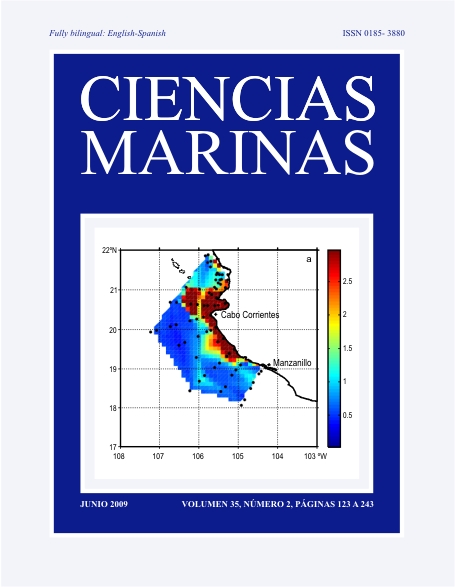Reproductive biology of the cockle Cerastoderma glaucum (Mollusca: Bivalvia)
Main Article Content
Abstract
The reproductive cycle of the cockle Cerastoderma glaucum from the Gulf of Gabes (southern Tunisia) was studied during a one-year period (January to December 2007). The overall samples presented a balanced sex ratio, with males dominating among smaller individuals and females predominating in larger size classes. Males were found to mature between 12 and 20 mm shell length (SL), whereas females matured between 14 and 21 mm SL. The size at which 50% of the population reached maturity was 15.14 and 16.78 mm SL for males and females, respectively. The seasonal changes assessed through macro- and microscopic properties in the gonads of both sexes indicated a clearly defined annual reproductive cycle. Reproductive activity of C. glaucum was greatest from spring to late autumn, with two reproductive peaks (May and November). Gametogenic activity in both sexes was apparently triggered by the rising seawater temperature during spring and summer. These results support previous findings of latitudinal changes in the reproductive behaviour of C. glaucum. Due to the extensive period of gonadal activity, C. glaucum exhibited a short resting phase that occurred simultaneously in both sexes throughout January and February. Upon inspection for parasitic infections, 15% of C. glaucum were found infected by digenean trematode species. The number of specimens showing digenean infestations differed with size class, with a tendency to increase significantly with cockle size.
Downloads
Article Details
This is an open access article distributed under a Creative Commons Attribution 4.0 License, which allows you to share and adapt the work, as long as you give appropriate credit to the original author(s) and the source, provide a link to the Creative Commons license, and indicate if changes were made. Figures, tables and other elements in the article are included in the article’s CC BY 4.0 license, unless otherwise indicated. The journal title is protected by copyrights and not subject to this license. Full license deed can be viewed here.

